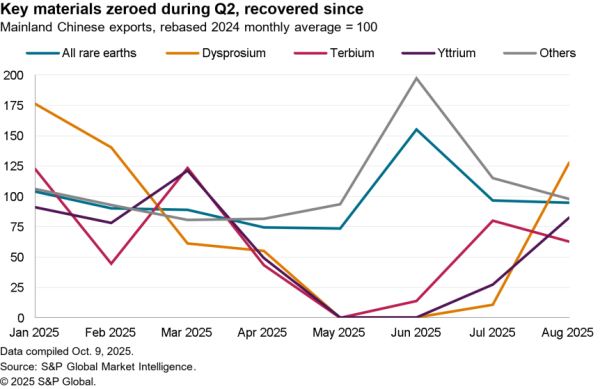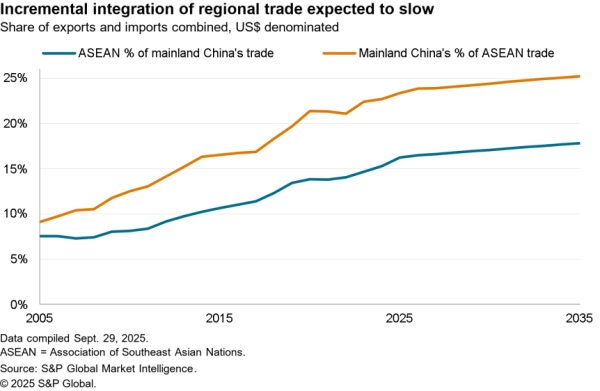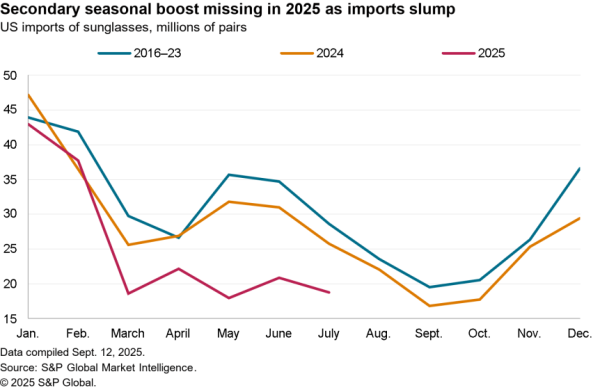The rollout of vaccines for COVID-19 has created optimism that an end to the pandemic may be in sight. Yet, it has caused vaccine nationalism in the case of the EU and preparations for a more independent supply chain for critical pharmaceuticals in the U.S.
In terms of the former the EU has already prevented exports to Australia, the Financial Times reports, while the Biden administration has launched a widespread review of critical supply chains due to run through early June, as discussed in Panjiva’s research of Feb. 26. The Biden administration has also declined to ship vaccines to Mexico until demand in the U.S. has been met.
Corporations involved in the wider pharmaceutical supply chain are having to address the location of their sourcing. Pharmaceutical manufacturer Amneal for example is considering whether to “have at least 35% to 40% capabilities and capacity right here in our own country” according to co-CEO Chirag Patel.
Panjiva’s data shows that U.S. imports of active pharmaceutical ingredients (APIs, defined in footnote 1) across a wide range of prescription and off-prescription medications increased by 7.9% year over year in the three months to Jan. 31. Sourcing is principally from what could be defined as U.S. allies with the EU accounting for 56.5% of the total in 2020 with a further 19.5% accounted for by Switzerland, the U.K. and India.
The EU’s moves regarding vaccine exports may give the Biden administration pause to consider alternatives – notably imports from the EU only increased by 3.3% year over year in the past three months.
Shipments from China meanwhile represented 15.3% of total API imports, rising to 70.8% of glycoside (other than rutin under HS 2938.90) imports and 58.9% of lactones (HS 2932.20) imports in 2020.

Source: Panjiva
The production of the COVID-19 vaccine also requires the import of associated products including syringes and glass bottles as well as basic chemicals (see footnote 2). China represented 12.3% of imports of those products after a surge of 40.2% in the three months to Jan. 31.
Total imports increased by 7.5% including a 26.0% increase in imports of the glass vials required for storing vaccines, of which China represented 28.8% in 2020. Seaborne imports of those glass products have continued in the new year with imports rising by 25.0% year over year in February including shipments by the Chinese subsidiaries of Gerresheimer and Thermo Fisher among others.

Source: Panjiva
1. The definition of APIs within HS codes is a somewhat complex process which we presume the implementation of the Executive Order will rule on. As a stop-gap we’ve used the Singaporean government’s definition of APIs within organic chemistry used for import restriction purposes as well as tariff group 3003 which covers bulk medicines.
2. Source of HS codes: J. Evenett, Bernard Hoekman, Nadia Rocha, Michele Ruta (2021), Robert Schuman Centre for Advanced Studies, European University Institute




